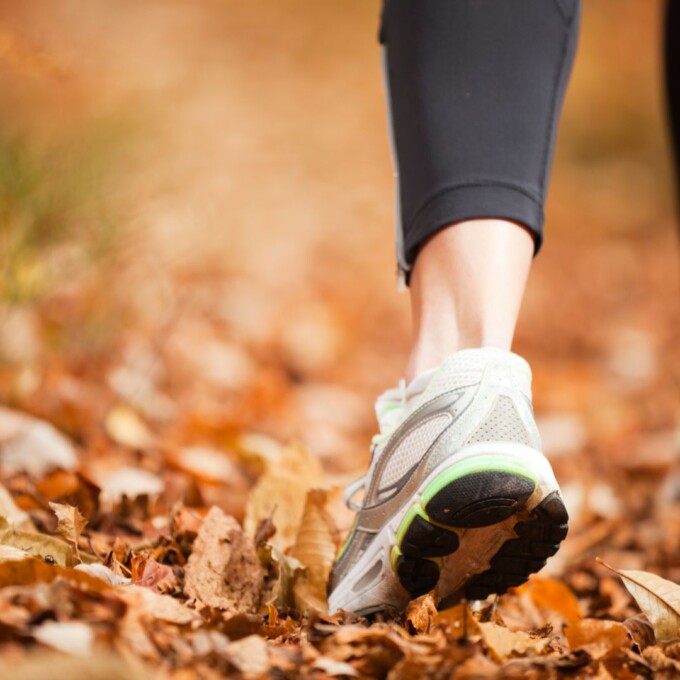Friction blisters are common yet highly undesirable. In most cases they can be easily prevented and, if needed, treated. This section contains everything you need to know about how to treat blisters and how Compeed® can support you.
Blisters can happen when doing various activities such as sport, wearing new shoes, and on your feet all day. This section contains everything you need to know about blisters during various activities.






























